By Tim Chai
<[email protected]>
I can still vividly recall my first fashion show, the electricity shooting throughout the room of some 800 guests, camera flashes lighting up the room like the Fourth of July and gorgeous women floating down the runway like angels. As the models continued to appear—their legs swimming in a sea of chiffon and their fingers dancing over the delicate white fur vest—for the next thirty minutes, I felt like (pardon the cliché) I had died and gone to heaven.
This is my art. No, I’m not going to become the next Nicolas Ghesquière, Raf Simons or Tom Ford, but it’s something that I can truly love and appreciate.
Earlier this year, the venerable fashion critic at the New York Times Cathy Horyn wrote an article about the growing role of technology in the fashion industry, saying that she would be excited if designers “unburdened (themselves) of the whole system, closed down the shows…and went directly over the Internet to the public.” While I’ve disagreed with Horyn’s opinions in the past, nothing has shocked me as much as this.
Let me clarify a couple of things. First, I have nothing against the Internet, and I don’t advocate a “de-digitizing” of society; in fact, I believe that the Internet has arguably more impacted the world and its people than anything else within the last two decades. Second, I won’t stop using the Internet, nor would I suggest for anyone else to stop either. After all, I look through most of the collections through a slideshow on style.com. What I am worried about is the consequences modern technology invariably has on the personality of fashion.
I was a huge proponent for the democratization of the fashion industry just a few years earlier. My whole perspective changed with my first fashion show. In the past, I looked through still images of collections on Web sites or found low quality recordings on YouTube. Believe me when I say that it could not compare with the real thing. There is something exceedingly intimate about seeing the way fabric moves, staring in awe at every small detail of the silhouette or embroidery.
The digitization of art has occurred across the spectrum; there are now online art galleries, YouTube videos of concerts and torrents of movies being released the day after the premiere. This phenomenon scares me. As the literary master Leo Tolstoy eloquently penned it, art is a “human activity consisting in one man consciously hand(ing) on to others feelings he has lived through.” The key here is the personal interaction, or the intercourse of emotions between people. No matter how sophisticated technology becomes, it can never replicate this intimate connection. Tim Chai is the front page editor for the HiLite. Contact him at [email protected].




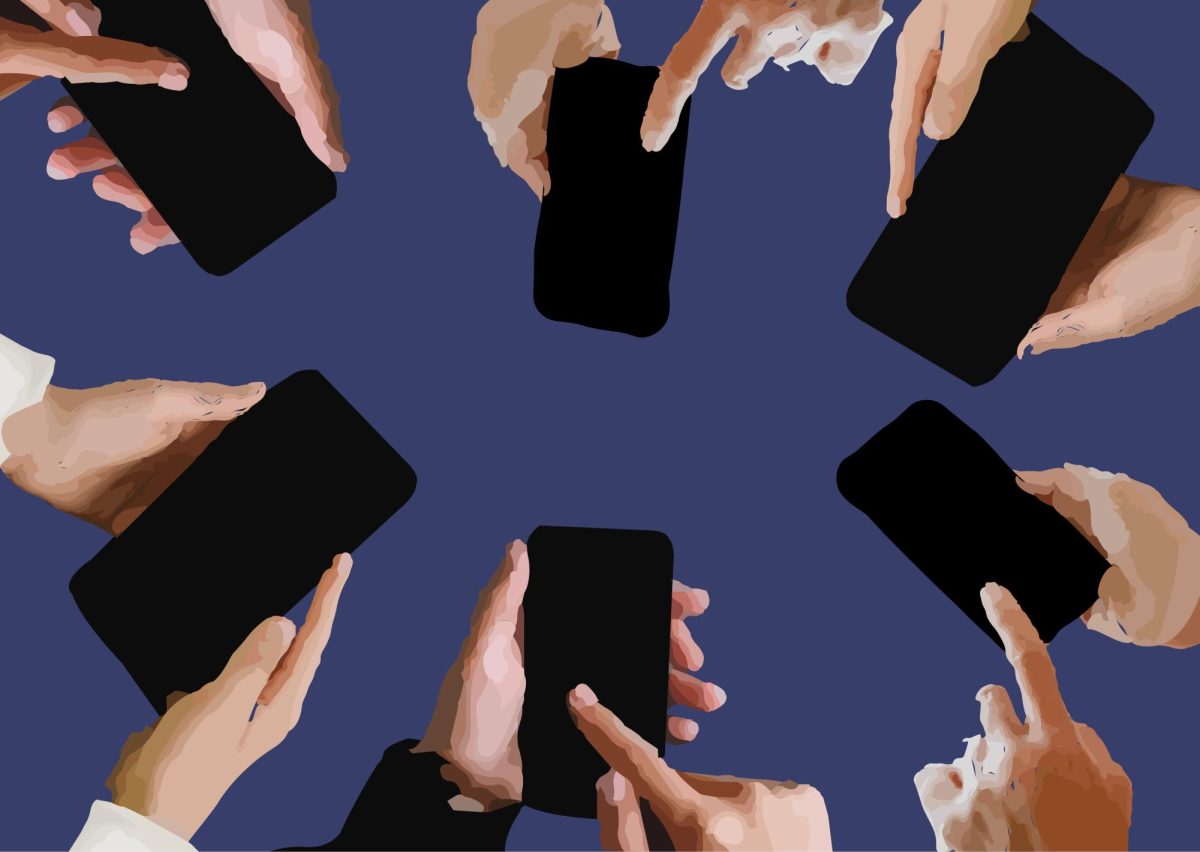





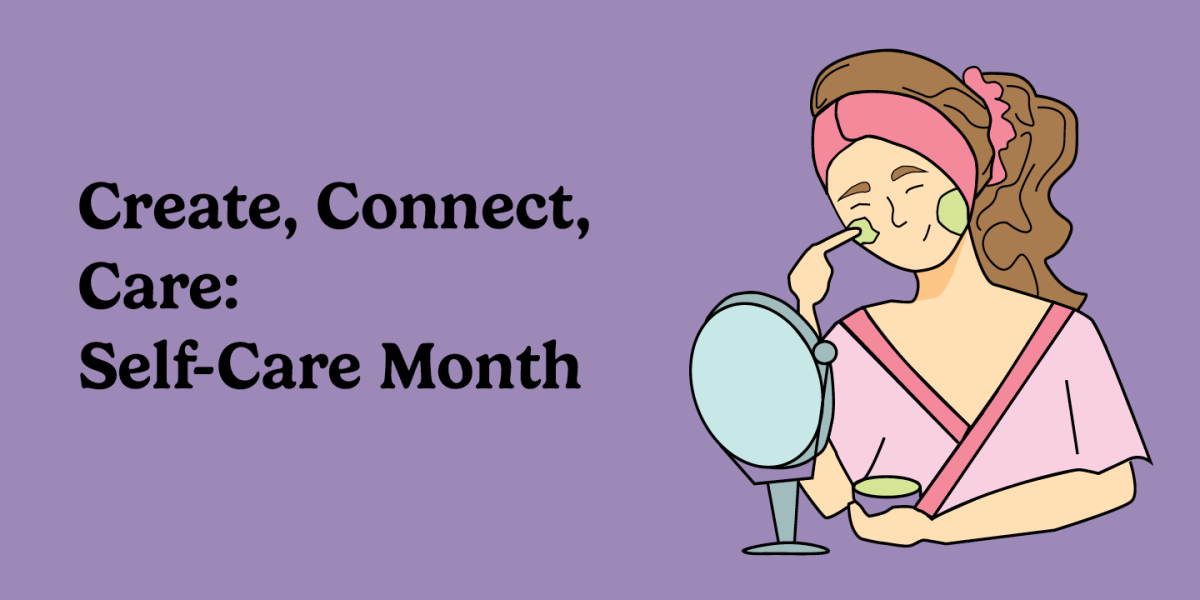








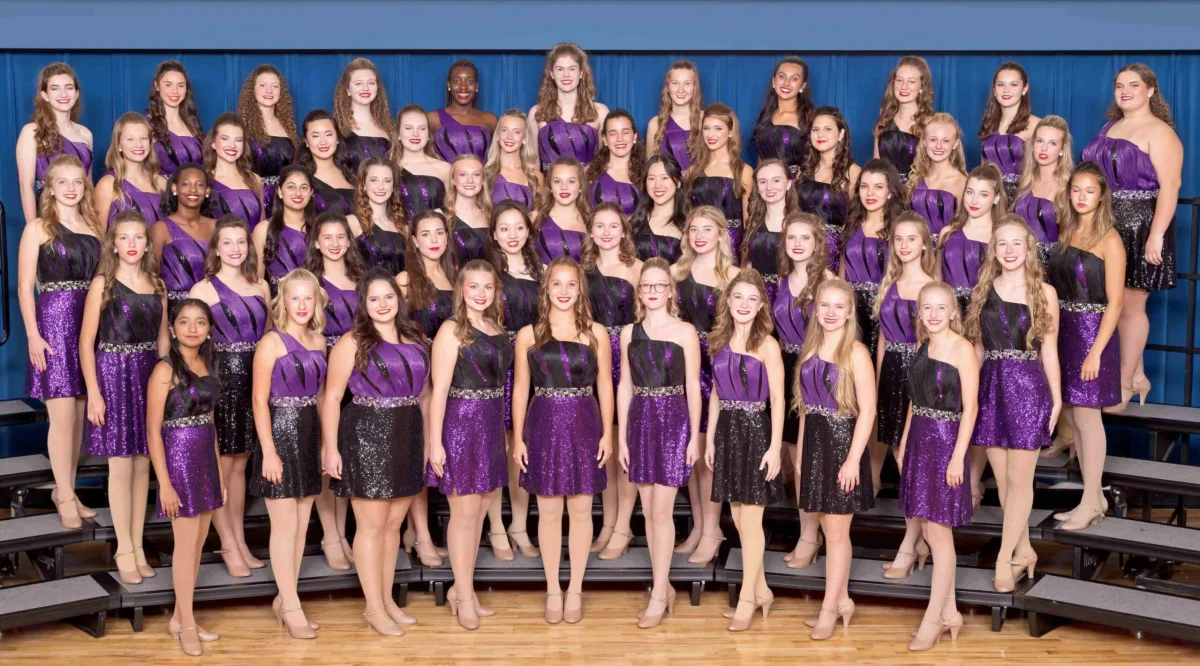

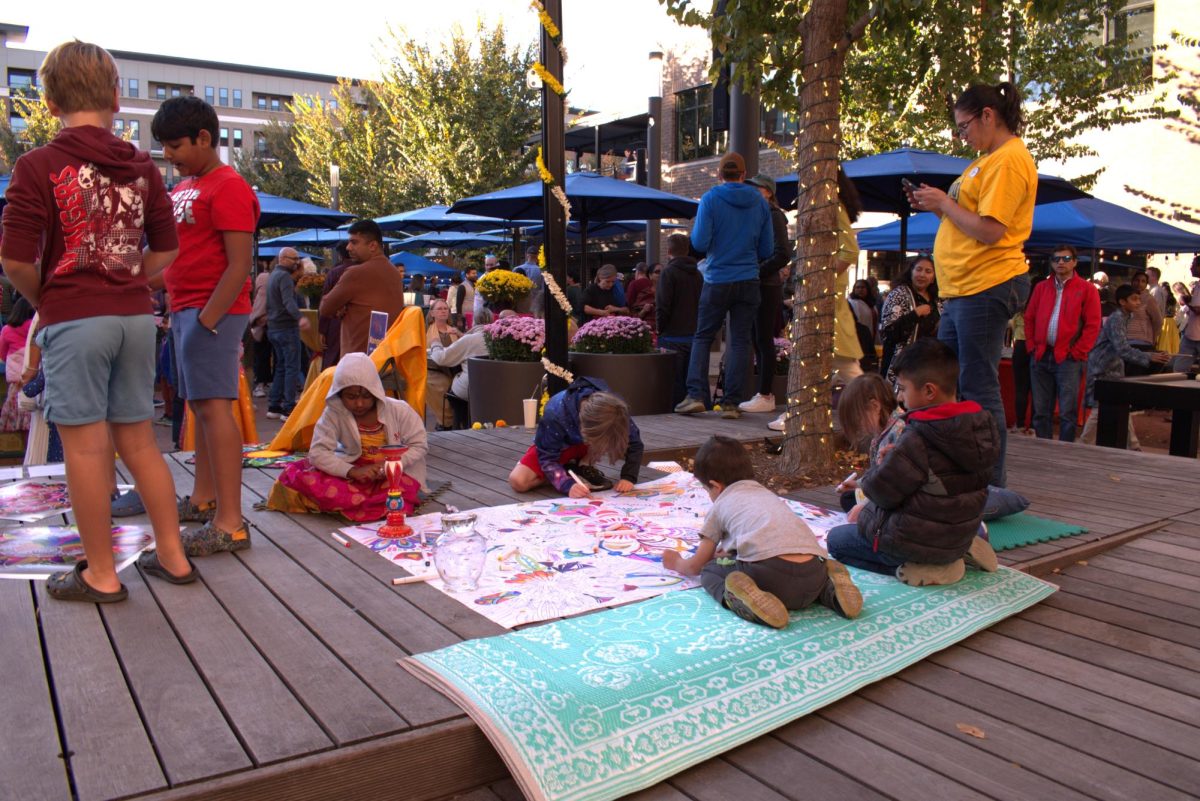

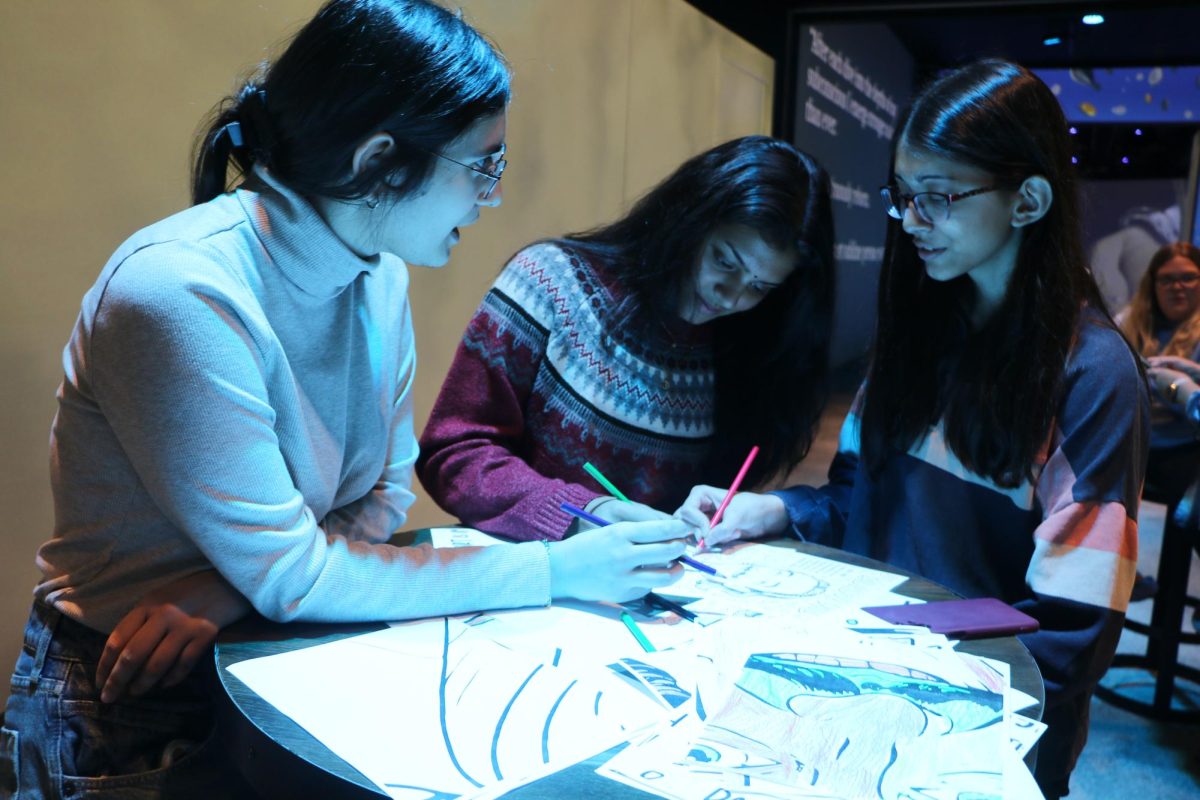







!["Wicked" poster controversy sparks a debate about the importance of accuracy versus artistic freedom [opinion]](https://hilite.org/wp-content/uploads/2024/11/riva-perspective-cover-1200x471.jpg)


![Chilling or Childish? The downfall of modern horror movies [opinion]](https://hilite.org/wp-content/uploads/2024/10/adjusted-horror-cover-1200x471.jpg)
![“Uglies” is a call for change in the YA dystopian genre [opinion]](https://hilite.org/wp-content/uploads/2024/10/Perspectives-Cover-1200x471.jpg)



































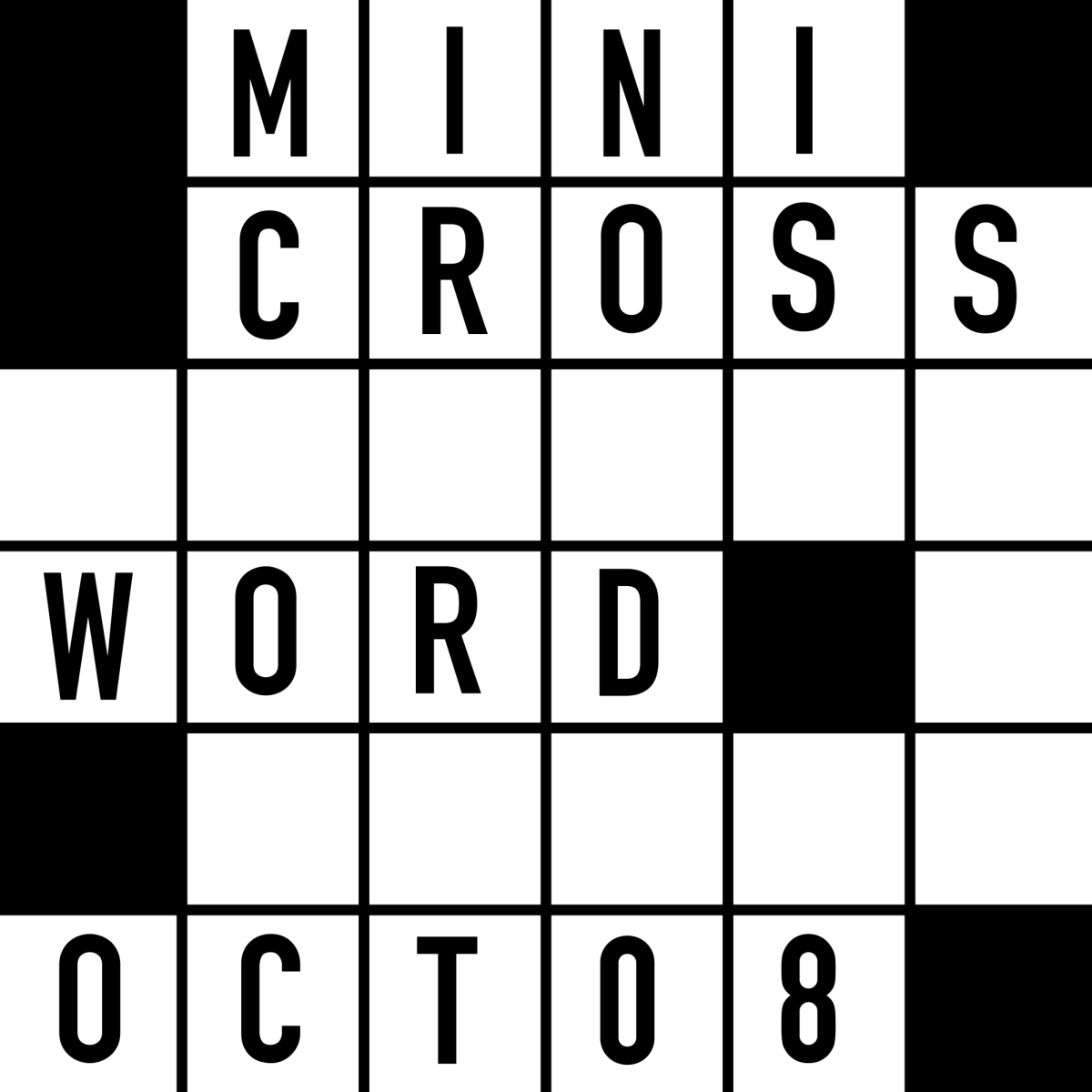


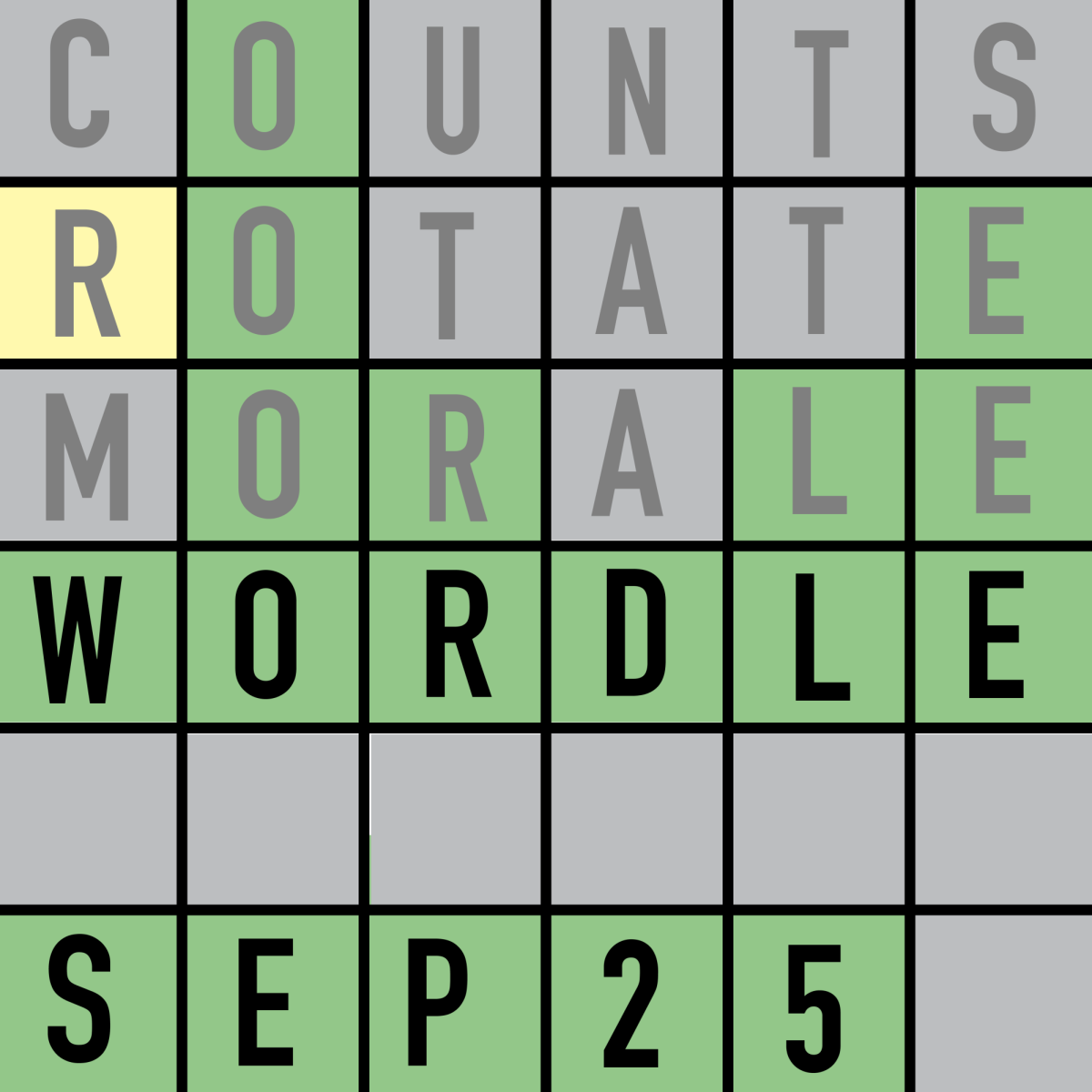





![Review: Indy Scream Park is a perfect level of spook to kickstart the Halloween season [MUSE]](https://hilite.org/wp-content/uploads/2024/11/IMG_1383.jpg)
![Review: “Saturday Night” is a chaotic and thrilling look at the origins of “Saturday Night Live” [MUSE]](https://hilite.org/wp-content/uploads/2024/10/snl-1200x800.jpg)
![Review: “Megalopolis” is a bold, bewildering mess [MUSE]](https://hilite.org/wp-content/uploads/2024/10/MV5BYTk3MjUzMGItYmU1NC00M2YyLThmNDMtNDI4NjkxNjgzMjQzXkEyXkFqcGdeQXRyYW5zY29kZS13b3JrZmxvdw@@._V1_-1200x675.jpg)
![Review in Print: Maripaz Villar brings a delightfully unique style to the world of WEBTOON [MUSE]](https://hilite.org/wp-content/uploads/2023/12/maripazcover-1200x960.jpg)
![Review: “The Sword of Kaigen” is a masterpiece [MUSE]](https://hilite.org/wp-content/uploads/2023/11/Screenshot-2023-11-26-201051.png)
![Review: Gateron Oil Kings, great linear switches, okay price [MUSE]](https://hilite.org/wp-content/uploads/2023/11/Screenshot-2023-11-26-200553.png)
![Review: “A Haunting in Venice” is a significant improvement from other Agatha Christie adaptations [MUSE]](https://hilite.org/wp-content/uploads/2023/11/e7ee2938a6d422669771bce6d8088521.jpg)
![Review: A Thanksgiving story from elementary school, still just as interesting [MUSE]](https://hilite.org/wp-content/uploads/2023/11/Screenshot-2023-11-26-195514-987x1200.png)
![Review: "When I Fly Towards You", cute, uplifting youth drama [MUSE]](https://hilite.org/wp-content/uploads/2023/09/When-I-Fly-Towards-You-Chinese-drama.png)
![Postcards from Muse: Hawaii Travel Diary [MUSE]](https://hilite.org/wp-content/uploads/2023/09/My-project-1-1200x1200.jpg)
![Review: "Ladybug & Cat Noir: The Movie," departure from original show [MUSE]](https://hilite.org/wp-content/uploads/2023/09/Ladybug__Cat_Noir_-_The_Movie_poster.jpg)
![Review in Print: "Hidden Love" is the cute, uplifting drama everyone needs [MUSE]](https://hilite.org/wp-content/uploads/2023/09/hiddenlovecover-e1693597208225-1030x1200.png)
![Review in Print: "Heartstopper" is the heartwarming queer romance we all need [MUSE]](https://hilite.org/wp-content/uploads/2023/08/museheartstoppercover-1200x654.png)




